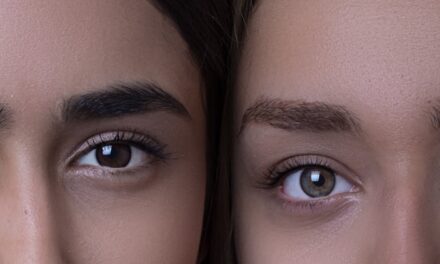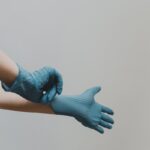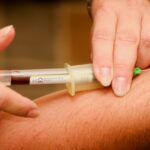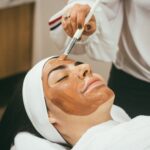By Rebecca Allen, Category Manager, Initial Medical
As a cosmetic surgery practice, it is important to understand clinical waste legislation and ensure the practice adheres to it. Due to the potential risks associated with the improper handling of clinical waste, its correct management and disposal is vital and there are strict regulations in place to prevent harm.
Clinical waste regulations
All clinical waste handling and disposal procedures must comply with the following regulations:
- The Environmental Protection Act 1990
- The Waste (England and Wales) Regulations 2011
- The Controlled Waste Regulations 2012
- The Carriage of Dangerous Goods and Use of Transportable Pressure Equipment Regulations 2009 (amended 2011)
The Environmental Protection Act 1990 introduced the concept of Duty of Care, meaning it is the responsibility of the producer of any controlled waste to ensure the correct and proper management of the controlled waste their business produces. The main principles of Duty of Care cover documenting the transfer of waste and ensuring that it is handled correctly.
What is clinical waste?
According to The Controlled Waste (England and Wales) Regulations 2012, it is waste from a healthcare activity which (a) contains viable micro-organisms or their toxins which are known or reliably believed to cause disease in humans or other living organisms, (b) contains or is contaminated with a medicine that contains a biologically active pharmaceutical agent, or (c) is a sharp, or a body fluid or other biological material (including human and animal tissue) containing or contaminated with a dangerous substance.
Disposing of sharps
In the UK, the Health & Safety (Sharp Instruments in Healthcare) Regulations 2013, were introduced to meet a new EU directive which aimed to create safer working environments. The regulations require that all producers of sharps waste must ensure that:
- The use of medical sharps at work is avoided so far as is reasonably practicable
- When medical sharps are used at work, safer sharps are used so far as is reasonably practicable
- Needles that are medical sharps are not capped after use at work unless— (i) that act is required to control a risk identified by an assessment undertaken pursuant to regulation 3 of the Management of Health and Safety at Work Regulations 1999 (a); and (ii) the risk of injury to employees is effectively controlled by the use of a suitable appliance, tool or other equipment
- In relation to the safe disposal of medical sharps that are not designed for re-use— (i) written instructions for employees, and (ii) clearly marked and secure containers, are located close to areas where medical sharps are used at work
In the cosmetic surgery practice, cuts from scalpel blades can also present a serious risk of harm – there are around 662 scalpel injuries per 100,000 scalpel blades used in healthcare settings, according to Epidemiology of reported sharps injuries in a tertiary care hospital. Safe disposal of scalpel blades can be assisted with the Qlicksmart BladeFLASK system, which enables practitioners to safely dispose of the blades from ergonomic precision steel scalpels. It ensures the blade is removed with a safe single-handed technique and safely contained until ready for disposal.
Segregating clinical waste
Clinical waste must be separated out at the point of production, following the “Safe Management of Healthcare Waste” guidance issued by The Department of Health which means the mixing of waste streams is prohibited by law in England and Wales. This helps support waste minimisation and reduces the risk of exposure and injury to staff.
All containers used for the disposal of clinical waste must be labelled in accordance with the details of the legal requirements for transporting and packaging waste. Container labels should also clearly identify the waste types present within and comply with the national colour coding system.
For further information please visit www.initialmedical.co.uk or Tel: 0800 731 0896


















